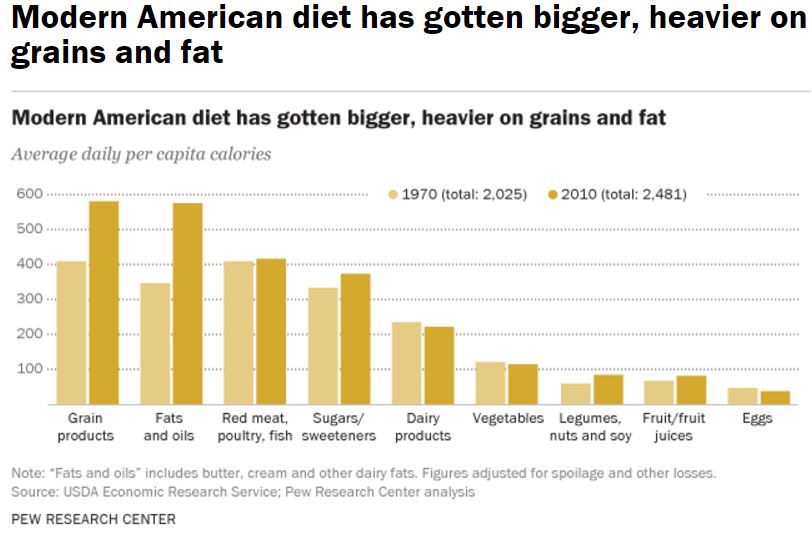Americans eat more chicken and less beef than they used to. They drink less milk – especially whole milk – and eat less ice cream,…

United States Forest Service
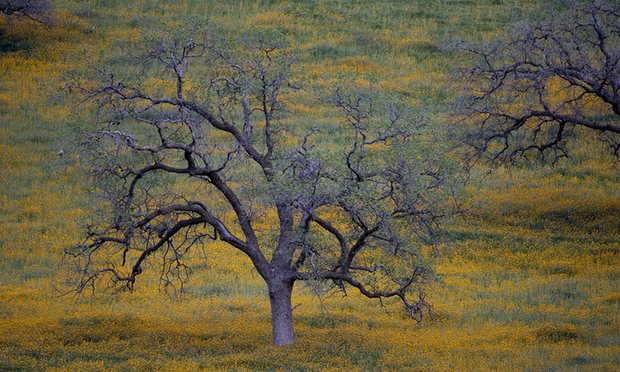
Throughout the U.S., trees are dying at an astonishing rate. The reasons for the die-off vary from location to location -- drought, disease, insects and wildfires --…
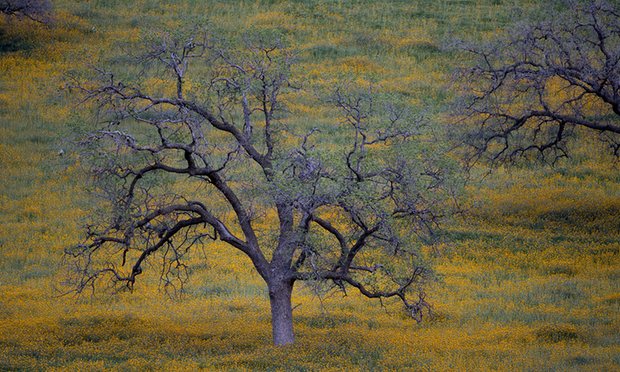
Throughout the U.S., trees are dying at an astonishing rate. The reasons for the die-off vary from location to location — drought, disease, insects and wildfires –…
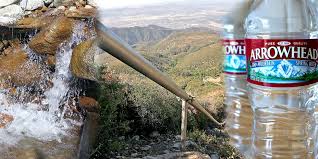
Nestlé has been allowed to take water from the San Bernardino National Forest for years on an expired permit. This permit expired back in 1988 and…
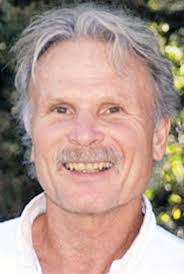
George Wuerthner is the former Ecological Projects Director for the Foundation for Deep Ecology. He is an ecologist and wildlands activist. He has published 38…

Not much new land is being made, yet land’s well-being is central to the well-being of human and all life. On land, in a miraculous…
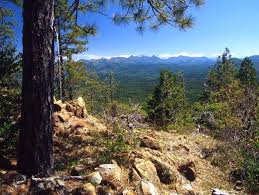
A warmer climate may lead to higher growth and productivity on U.S. national forests and grasslands, but university and U.S. Forest Service researchers say this…

New research in the journal Science of the Total Environment has highlighted the dangerous effects of indoor pollution on human health, and has called for policies to…

DURHAM, N.C. -- Forests nationwide are feeling the heat from increasing drought and climate change, according to a new study by scientists from 14 research…

An alarming new study has shown that the world’s forests are not only disappearing rapidly, but that areas of “core forest” — remote interior areas critical for…

George Wuerthner is the Ecological Projects Director for the Foundation for Deep Ecology. He is an ecologist and wildlands activist. He has published 38 books…

Heather Forest and Larry Foglia are two of the founders of The Long Island Community Agriculture Network and were instrumental in building the Gateway Community…
